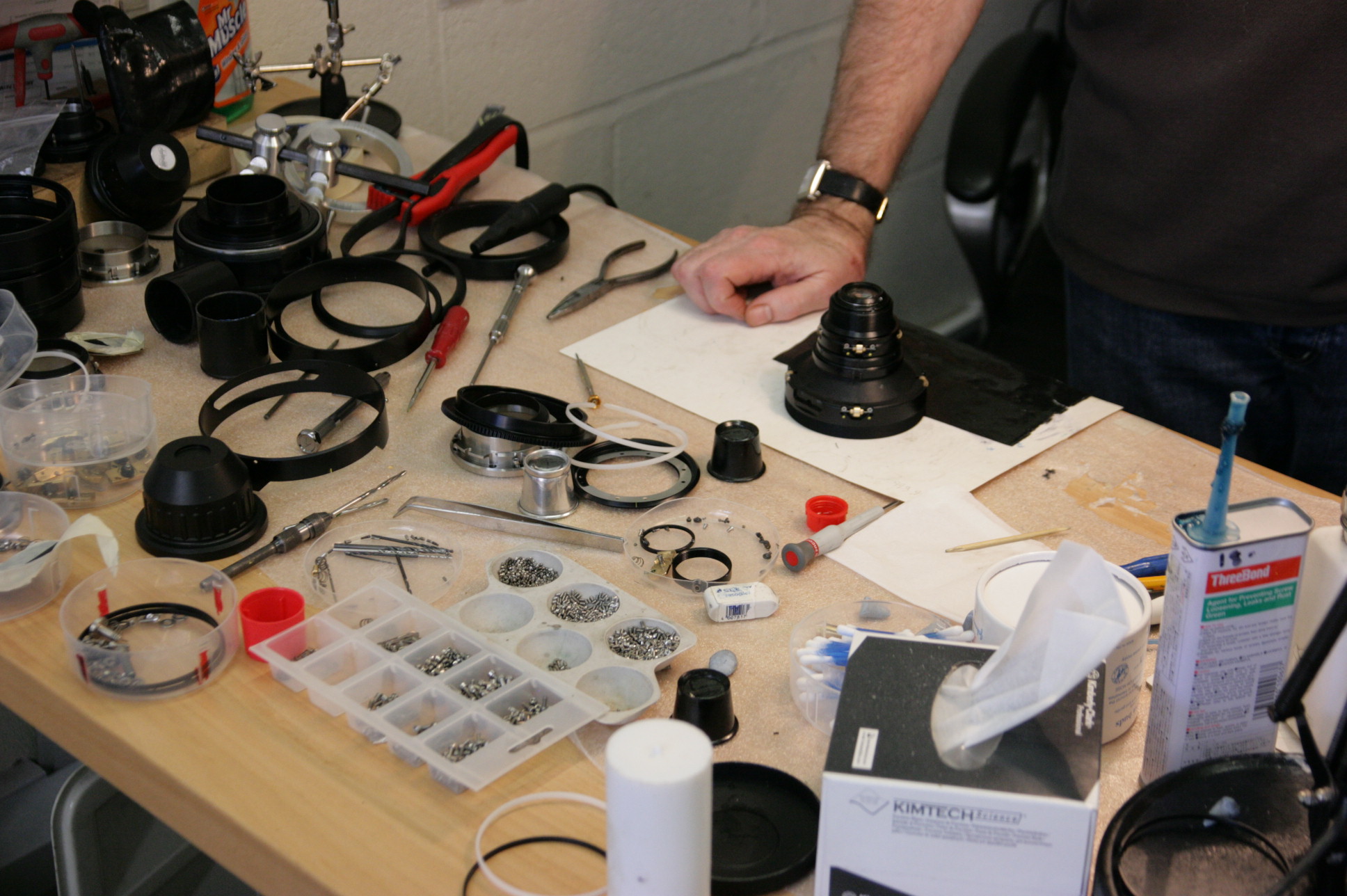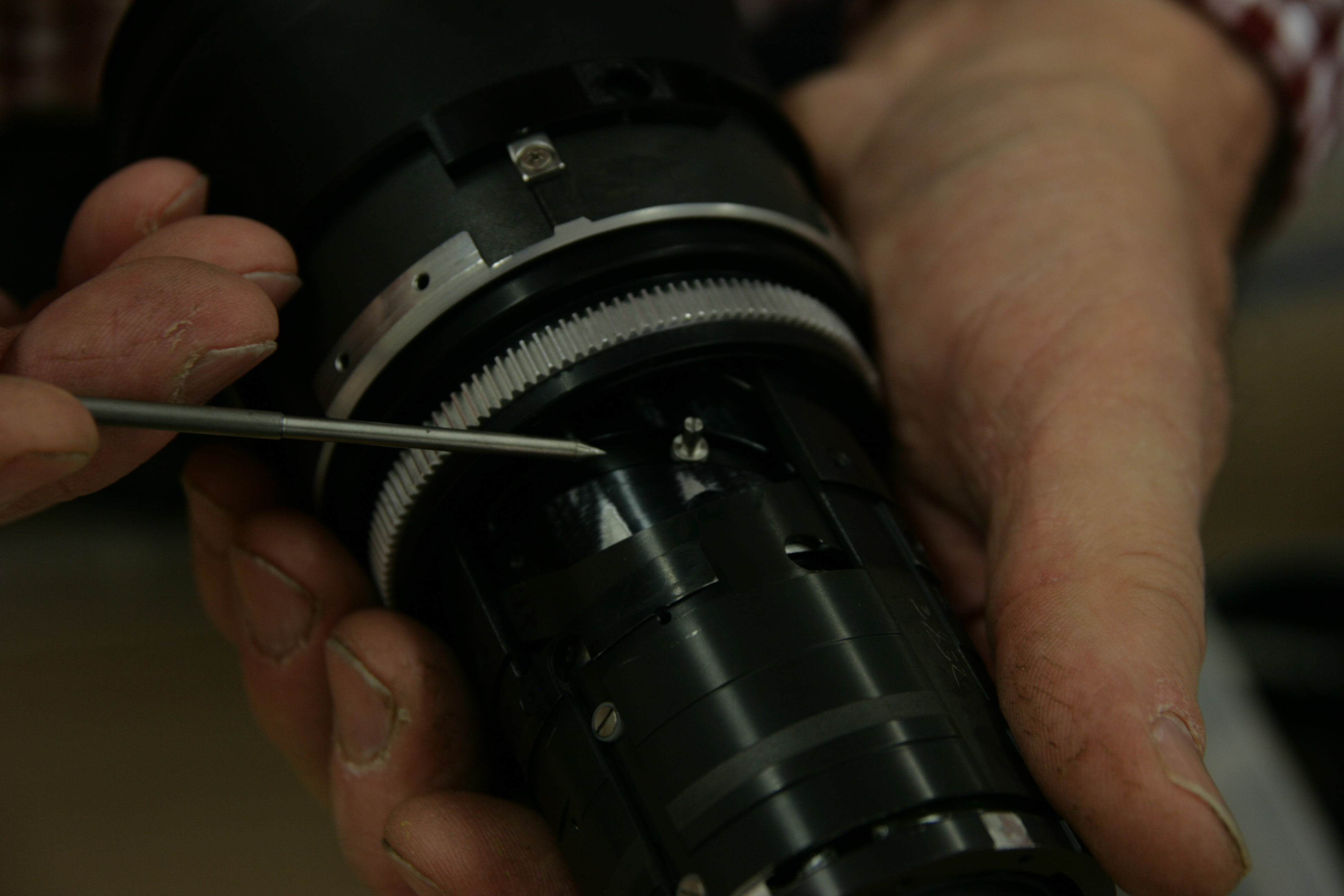Often, people who can’t afford a set of Sigma Classic primes will ask whether a set of low-cost stills lenses can be “classicised” by removing the coatings. The answer is strictly yes, though probably not very economically, and the DIY approach is more likely to lead to severe disappointment and anguished posts on the internet at which others might point and laugh. Probably this sort of thing is best left to the experts, but there are some things the enthusiastic tinkerer might try.
If the things we’re about to discuss seem outlandish, consider Revar Cine’s description of its Scarf Dust filter, which was clearly written by someone with tongue stuck so far into cheek that it’s practically a dental problem.
“There is a common thread to all great directors of photography; the scarf. We capture the power of the scarf by collecting dust on-set with stealth. The dust must be captured at that exact moment of concentration and creation to capture the magic.”
This exercise in exhibition linguistics at least acknowledges that optical tomfoolery, in general, might finally have exceeded some sort of sensibility threshold. That realisation is what’s created interest in detuned lenses, or even lenses that we might buy from eBay for the price of a trip to the grocery store then mallet until they’re suitably detuned.

It’s not an easy option. Lenses can be difficult to disassemble without a YouTube video of someone attacking that exact model. They can require special, or at least approximated tools, appropriate solvents, and a deft hand to crack the thread-locking compound without gouging an element. The iris blades are generally tiny and delicate, actuated by mechanisms on the scale of watchmaking, and can be difficult to reassemble. Use the wrong grease or oil, or too much, and it can migrate where it isn’t wanted. It’s difficult to keep the interior spaces as clean as they need to be.
Anyone willing to keep tumbling down the rabbit hole at this point has been warned.
While there are things we can do on the home workbench to persuade lenses to do interesting things, removing coatings isn’t one of them. Some lens coatings are harder than the glass they’re deposited on, and as such the only way to remove them is to repolish the surface as would have been done at manufacture, requiring the same precision equipment. No, you cannot do it with a jeweller’s rouge and a piece of rag. Or at least, you can, but you’ll also start removing bits of lens element, too, which is bad.
What you might try is painting the inside of the barrel orange.
Orange? Well, any colour you like, really, although it’ll take some trial and error with coloured sticky tape to figure out exactly where the paint should go, how much of it there should be, and what colour works best. This is one approach used by IronGlass to make its rebuilt Soviet-era lenses even more interesting than they were, to begin with, which was pretty interesting.
Another trick is interestingly-shaped apertures behind the actual iris, maybe behind the mount or at some internal position. This trick is used by some low-ratio anamorphic lenses in order to seem more anamorphic by creating elliptical bokeh, but any shape may work. It works best when the real iris is fully open. People have made apertures out of translucent coloured plastic, so out-of-focus areas are tinted at the edges. While we’re on the subject of anamorphic, consider Oliver Kember’s approach to homebrew anamorphics, which doesn’t even require disassembly, or the Schneider Tru-Streak, which is even easier.

The other thing you can do while you’ve got lens innards scattered across your microscopically clean cutting mat is to remove dust and fungus. In fact, this is absolutely the first thing to do, given fungus can be infectious. It’s never a good idea to pay too much money for a fungus-infested lens because fungus excretes corrosive substances that can etch into, and thus ruin, a lens element.
Occasionally it’s possible, though not generally economic, to have lens elements repolished to resolve fungus damage, possibly with the additional goal of removing or replacing the coatings. Otherwise, wash the fungus off (3% hydrogen peroxide works), clean every other component minutely, clean yourself, clean the tools, clean the work area, burn down all nearby buildings and salt the ground. It’s a pain, but bargains can be had this way.
Now is also the time to repair rusted iris blades, replace lubricants if you know and can obtain the proper replacements, clean things until not a speck of dust remains, and reassemble. Then disassemble again, clean out the dust you missed, and repeat until thoroughly frustrated.
Some people might say all this is a good way to ruin a lens, but given how adjacent “bad” and “interesting” now are, it’s sometimes hard to tell the difference.

